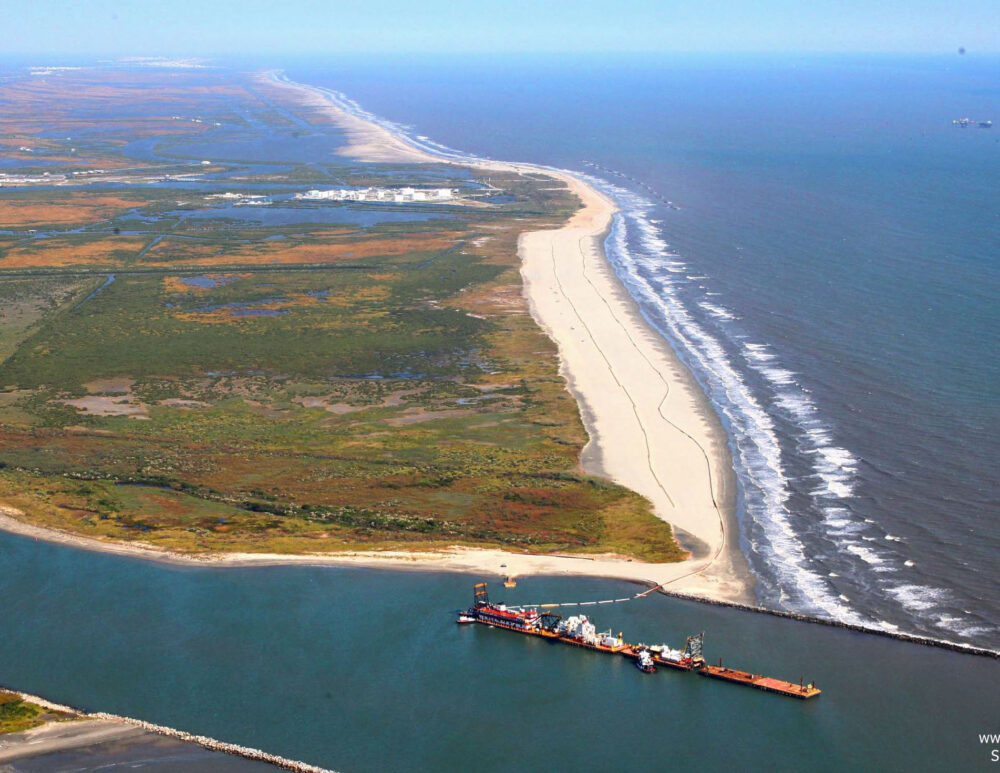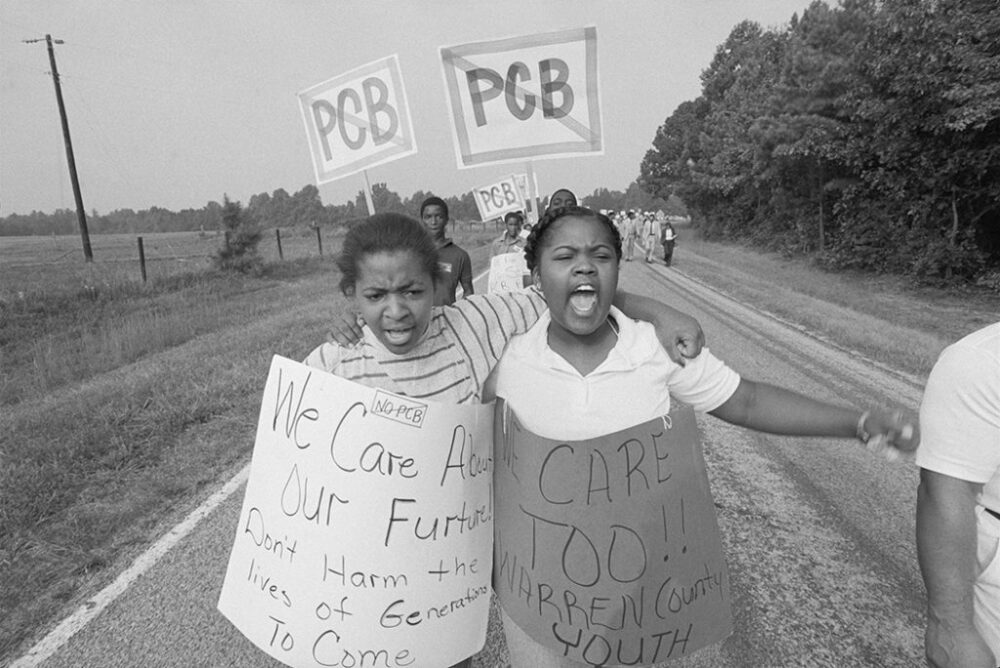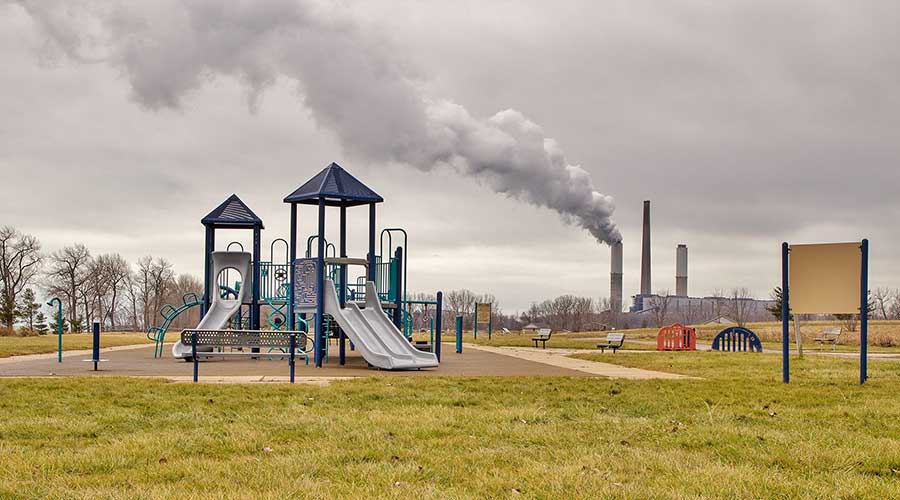We have much more to do and your continued support is needed now more than ever.
It Is No Longer About Living On the Wrong Side of the (Railroad) Tracks, Now the Threat is About Living Anywhere Near the Tracks

This morning there was another train derailment, this time in Raymond, Minnesota. People were again evacuated, although here the concern centered on ethanol carried in four cars, resulting fires and potential exposures. From a toxicological point of view, ethanol toxicity is a real concern. There are a number of potential health concerns, ranging from eye, skin and nose irritation, abdominal pain, slurred speech and confusion, vomiting – which could be bloody, slowed breathing, decreased alertness and even coma. And these are just a few of the symptoms. For people already experiencing respiratory challenges, this is especially concerning as it may exacerbate conditions. First responders are also at potential risk of adverse health conditions. From a public health point of view, the fact that the City of Raymond is for all intents and purposes cut off from the public is extremely concerning. It raises numerous questions like: Did everyone even evacuate or did some lose consciousness because of their proximity to the derailment?
There are generally around three train derailments a day in the U.S. During the first 16 days of February, 2023 there were already six derailments! There were more than a thousand in 2022. In 2021, there were 1,087 derailments, resulting in 83 injuries and three deaths. The Bureau of Transportation Statistics records 54,539 train derailments between 1990 to 2021, an average of 1,704 per year.
I was home in Mobile, Alabama shortly after the derailment in Palestine, Ohio. I noted that the community I grew up in and in which my family still lived was almost surrounded by train tracks – and active trains. I was in New Orleans, Louisiana a few days later and noticed the same. Does it really matter that dangerous chemicals were only released in 11 train accidents in the US last year? What about general exposure to hazardous fumes, the danger of train crossings in communities, along with the attractive nuisance posed by the tracks and the trains to children?
Raymond, Minnesota; East Palestine, Ohio; Talladega County, Alabama; Detroit, Michigan; Philadelphia, Pennsylvania; Splendora, Texas; Van Buren Township, Michigan (same operators behind the East Palestine, Ohio derailment) are just a few of the many derailments that have happened in recent history. How many more derailments need to happen before we realize that the current rail system needs to be re-evaluated and before we agree that trains carrying toxic substances exacerbate already dangerous conditions and increase the threats faced by our communities?





















